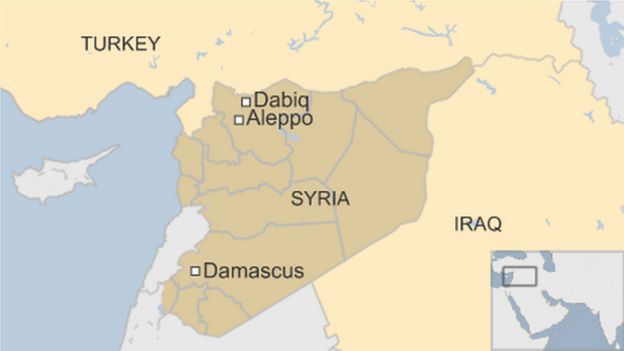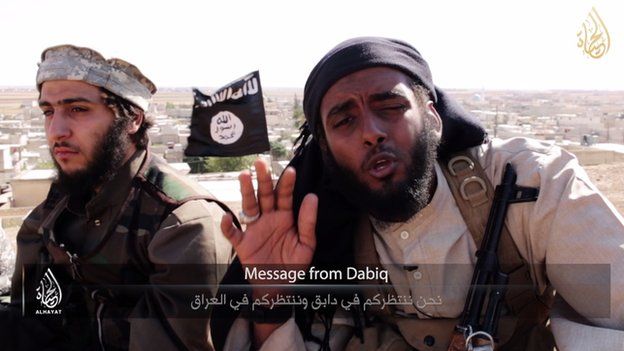Russia Today’s UK bank accounts closed down, says editor
Unclear whether British government responsible for shutting down accounts of Moscow’s main instrument of propaganda in English-speaking world
Guardian: The UK bank accounts of Russian TV broadcaster Russia Today have been shut down, its editor-in-chief has said, in a move that the UK government appears to have been aware of.
In a tweet in Russian Margarita Simonyan said that “all the accounts” had been closed in the UK. She said the decision was final, adding sarcastically: “Long live freedom of speech!”
The channel received a letter from NatWest bank, Simonyan said. It said: “We have recently undertaken a review of your banking arrangements with us and reached the conclusion that we will no longer provide these facilities.”
The bank said that the entire Royal Bank of Scotland Group, of which NatWest is a part, would refuse to handle RT. According to Simonyan, the letter said the decision was final and that it was “not prepared to enter into any discussion in relation to it.”
It was unclear whether the British government was behind the move, but the foreign office was aware of the news when contacted by the Guardian and referred inquiries to the Treasury. The move – if confirmed – casts into doubt the ability of the Kremlin-backed news channel to carry on broadcasting. RT said on Monday it will continue operating.
The US and Britain said on Sunday that they were considering fresh measures and possible further sanctions against Moscow in protest at Russia’s continuing bombardment of civilians in eastern Aleppo.
Maria Zakharova, a Russian foreign ministry spokeswoman, wrote on Facebook: “It looks like, as it leaves the EU, London has decided to leave behind all its obligations towards freedom of speech. As they say, best to start a new life without bad habits.”
Russia Today – now known as RT – is the main instrument of propaganda for the Russian government in the English-speaking world. The channel presents itself as a left-leaning alternative to “mainstream news” under the slogan “Question More”?
In reality, however, its reporting assiduously reflects the Kremlin’s anti-western worldview. It has portrayed Russia’s military intervention in Syria as a campaign against terrorists, and reflects its official position that no civilians have been killed by Russian jets.
The channel typically invites studio guests who endorse the Kremlin’s anti-US views. Guests have included Jeremy Corbyn, Ken Livingstone and George Galloway. Another frequent contributor is the editor-in-chief of WikiLeaks, Julian Assange, who hosted his own chat show on RT.
Simonyan visited Assange in the Ecuadorian embassy during a trip to London in 2014.
In a statement on Monday RT struck a defiant tone, calling the decision “incomprehensible” and “without warning”. It added: “It is however not at odds with the countless measures that have been undertaken in the UK and Europe over the last few years to ostracize, shout down, or downright impede the work of RT.”
Since RT started broadcasting in the UK about 10 years ago, Ofcom has recorded breaches of the UK broadcasting rules on 14 occasions. It was last investigated in April for accusing the Turkish government of genocide against the Kurds.
******
Russia Advances its IADS in Syria
By Chris Harmer and Kathleen Weinberger
Over the last year, Russia has built up an expeditionary Integrated Air Defense System (IADS) in Syria. Russia intends to use this IADS to push the potential cost of continued US coalition involvement in Syria past the threshold of acceptable risk. On 03 OCT the Russian military deployed the S-300 (NATO reporting name: SA-23) air defense system to the Syrian naval base in Tartus. Russian forces already operate the S-400 (NATO reporting name SA-21 Growler) long-range air defense system, which has a claimed range of 400km, as well as the S-200 (SA-5 Gammon), in Syria. Russia also operates a number of short-range air defense systems, including the Pantsir-S1 and Buk missile systems, as well as the naval version of the S-300 a Slava-class guided missile cruiser in the Mediterranean. In addition to the IADS, Syrian forces operate the Bastion coastal defense system out of Tartus.
Now that the Russian IADS in Syria is deployed and presumably fully functional, it changes the regional security situation in two ways. First, it confirms that the ongoing Russian deployment of disparate missile systems to Syria over the past year always intended to culminate in a fully functional IADS, rather than individual missile systems in different locations. SAM systems in the S-300 family (including the S-400) are designed to be both forwards and backwards compatible, which means that their component parts – command and control modules, search and fire control radars, missile launchers and missiles – may be used in different combinations.
Second, this deployable and road mobile IADS solely aims to threaten US and coalition aircraft and deter further involvement or escalation of coalition operations. There is no credible fixed wing, rotary wing, or ballistic missile threat to Russian forces in Syria from ISIS or any other potential adversary that would require a modern IADS. The only purpose of this IADS is to pressure US and coalition policy makers to cede the majority of Syrian airspace to Russian and Syrian aircraft in order to continue their campaign of targeting civilian populations for destruction or depopulation, as evidenced by recent Russian threats to shoot down U.S. coalition aircraft. This expeditionary, modular, and mobile Russian IADS is a significant upgrade over the legacy Syrian IADS. The component parts of the Syrian IADS were largely fixed, difficult if not impossible to move, and highly dependent on centralized command and control as well as external long range radar cuing. The interdependency of the legacy Syrian IADS meant that destroying any one component of the Syrian IADS would significantly reduce its efficacy. In contrast, the Russian expeditionary IADS is fully road mobile, with partial offroad capability, and modular, meaning each component can operate as a standalone SAM system or be organized as a genuine IADS, which is what Russia has now achieved. The Russian expeditionary IADS is much more survivable than the legacy Syrian IADS.
U.S. officials, including presidential candidate Hilary Clinton, have suggested establishing a no-fly zone in parts of northern Syria. This would mean using U.S. aircraft to patrol Syrian airspace in order to prevent Russian and Syrian planes from carrying out strikes. Russian expansion of its IADS network means that U.S. coalition aircraft risk being shot down while operating within Russia’s A2AD envelope. A shoot-down of a U.S. coalition aircraft would force the U.S. to either drastically escalate in order to answer Russia’s provocation, or to downscale or cease operations in Syria. Russia aims to present the U.S. with these two undesirable options on the assumption that the U.S. would choose to avoid any potential conflict. By establishing this expeditionary IADS in Syria, Russia aims to establish a de facto no-fly zone for US and coalition aircraft over much of Syria.




